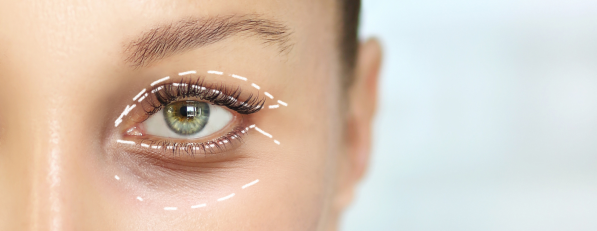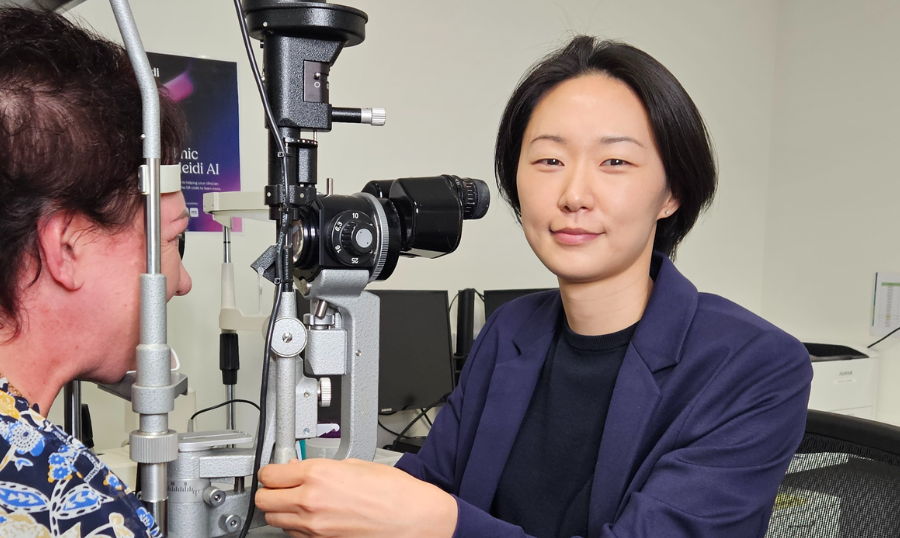Auckland Eye Welcomes Cornea and Anterior Segment Specialist Dr Bia Kim
Auckland Eye is pleased to welcome Dr Bia Kim, a highly trained Cornea and Anterior Segment Specialist, to our team.

Oculoplastic surgery describes surgical procedures carried out in and around the eye including the eyelid, under-eye area and tear duct. It’s also referred to by some as ‘eye plastic surgery’. Blepharoplasty refers to the removal of excess skin around the eyes, while ptosis refers to the uplifting of droopy eyelid. These two types of procedures can often be combined.
Traditionally, many procedures were performed for cosmetic or reconstructive reasons, but over time the role of the oculoplastic surgeon has expanded. Now there are effective interventions for serious eyelid issues such as skin cancer, trauma or disease, as well as other issues that affect a person’s quality of life, such as watery eyes, droopy eyelids and facial rejuvenation.
Recently, we spoke with our oculoplastic surgeons Dr Sid Ogra and Dr Tara Papchenko about the move towards less invasive techniques, and some of the incredible results that can be achieved.
One of the most common issues that oculoplastic surgeons come across is ptosis, more commonly known as droopy eyelid. Over time or due to risk factors like eye rubbing, the position of the eyelid lowers, causing feelings of heaviness and fatigue, as well as a more tired appearance.
New technique best fit for milder cases
Typically, treatment for this condition would involve repositioning the eyelid surgically. But for milder cases, where ‘drooping’ is 2-3mm, a new, minimally invasive technique can be used.
It’s a great option for younger patients who don’t need skin removal or who suffer from a milder case of ptosis from associated factors such as eye rubbing or contact lens wear (a risk factor due to stretching of the eyelid).
“This means recovery is, generally, within five days, no incisions keep bruising and swelling to a minimum and there are no sutures to remove. All that is left behind is an internal dissolving stitch that will go away on its own.
“In other words, it means you can get back to life quicker.”
This move towards less invasive surgery has also been adopted in other procedures, such as lower lid blepharoplasty, where eye bags are surgically removed to help rejuvenate tired eyes and restore a full field of vision for those who find that the excess skin is obstructing their peripheral vision.
Previously, this procedure was done via a skin incision. It can now be done without a visible external scar, which results in fewer complications.
Minimally invasive techniques to help more people
Previously, surgical options had to be balanced against the risk of scarring or other complications. Fortunately, there are now newer, minimally-invasive techniques that can make surgery more accessible and safe, and create less comorbidity.
“I am a big fan of doing the least amount of surgery possible to achieve the best possible outcome. We’re excited about these new oculoplastic techniques and how we can provide new and easier options for our patients.”
At Auckland Eye, we offer several oculoplastic and blepharoplastic procedures performed by our expert and qualified surgeons, Dr Sid Ogra and Dr Taras Papchenko.
Give us a call on 0800 25 53 93 or email us at admin@aucklandeye.co.nz to book an appointment!


Auckland Eye is pleased to welcome Dr Bia Kim, a highly trained Cornea and Anterior Segment Specialist, to our team.

Discover how Auckland Eye is redefining inclusive healthcare by launching New Zealand’s first assistive website toolbar.

Macular degeneration is a leading cause of vision loss in older adults. There’s no cure, but its progression can be slowed. Here’s what to know.